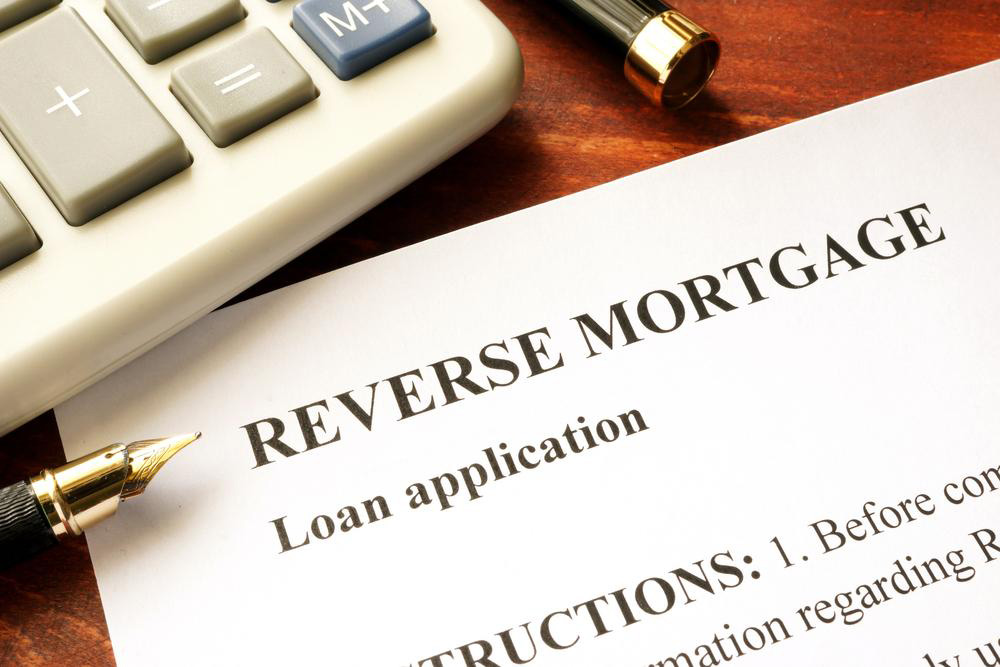Understanding the Mechanics of Reverse Mortgage Calculations
This article offers a comprehensive overview of how reverse mortgage calculations are performed, focusing on the HECM program backed by the federal government. It explains the key factors influencing loan amounts, such as borrower age, property value, and regional limits. The piece also guides readers through upfront costs and payment options, emphasizing the importance of consulting professionals for tailored advice. Ideal for seniors considering reverse mortgages, this overview helps demystify the process and improve financial planning accuracy.

Understanding the Mechanics of Reverse Mortgage Calculations
The Home Equity Conversion Mortgage (HECM) program stands out as the most prevalent reverse mortgage option, primarily because it is insured and supported by the federal government. HECM reverse mortgage rates tend to be more affordable than alternative programs, owing to government involvement and strict eligibility standards. The amount a borrower qualifies for isn’t fixed; it depends on key factors such as the borrower’s age, the property's market value, prevailing interest rates, and the approved loan limit for their area.
The primary determinant of the eligible loan amount is the FHA-approved mortgage limit specific to each county, which can cause significant variation across regions. The maximum loan amount is based on the lesser of the property’s appraised value or the FHA limit. To estimate the expected rate, the current 10-year LIBOR swap rate plus the lender's margin is considered, and the age of the youngest qualifying spouse influences the Principal Limit Factor (PLF).
When calculating total upfront costs, include the origination fee, closing costs, and initial mortgage insurance premium. Borrowers should evaluate whether they can afford these upfront expenses—some may cover costs externally, while others may include only part of the expenses in the loan. Additionally, factoring in life expectancy helps determine the borrower’s financial suitability. The final calculation involves summing the PLF, costs, and set-aside amounts to determine the available HECM credit, which can be disbursed as growth, tenure, or other payment options tailored to individual needs. Consulting a reverse mortgage counselor is advisable to ensure informed planning and understanding of the process.









